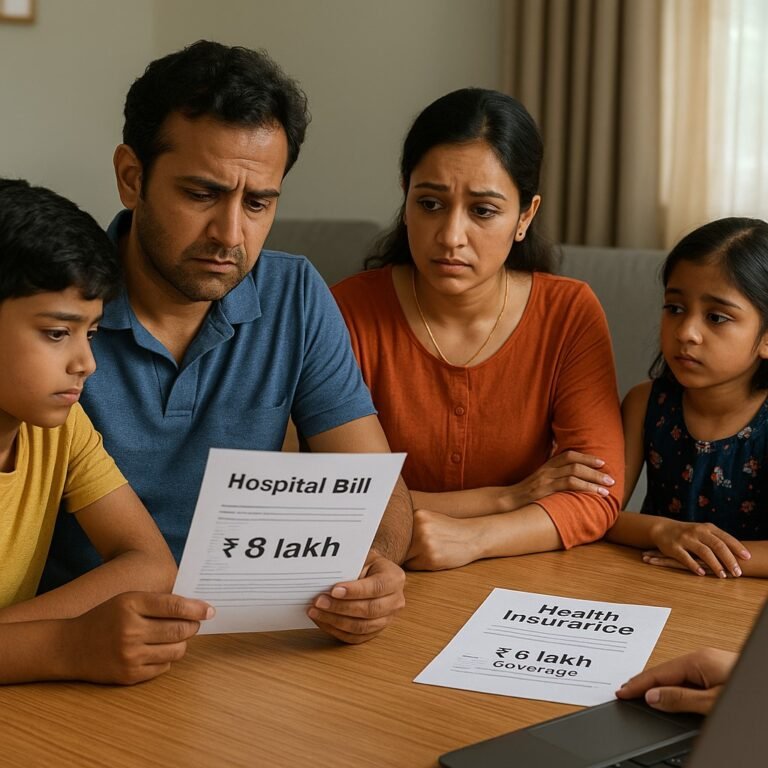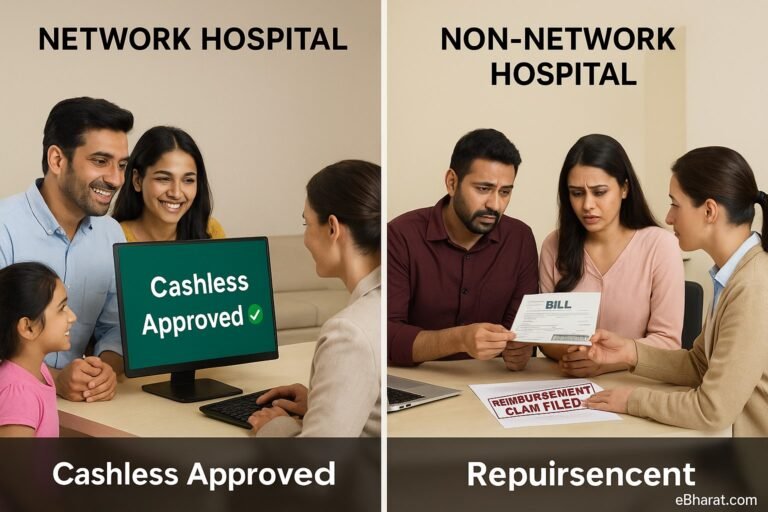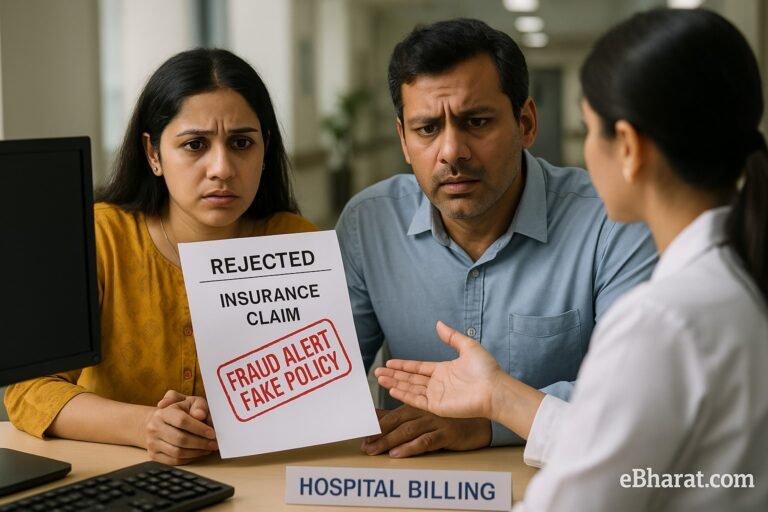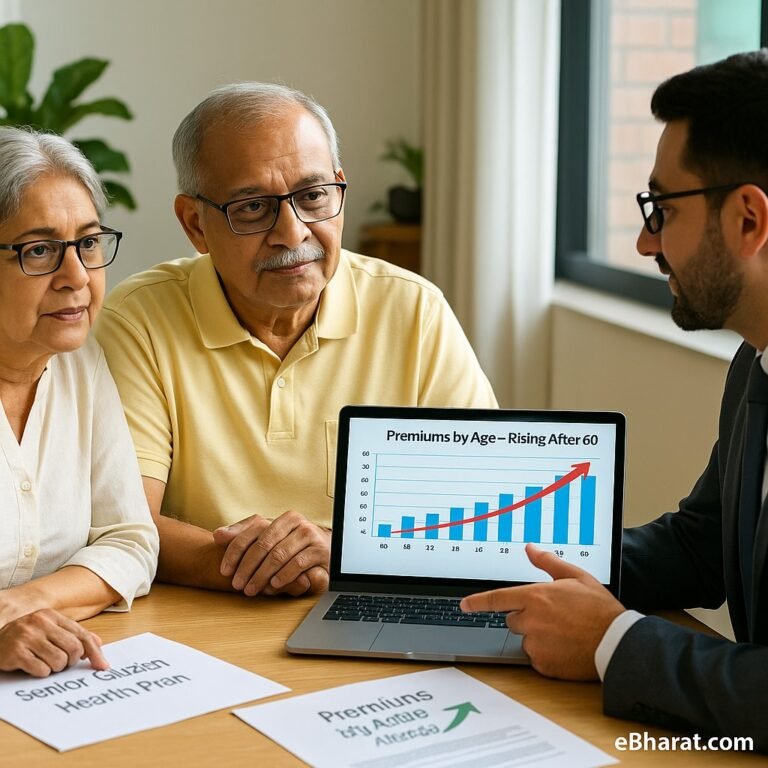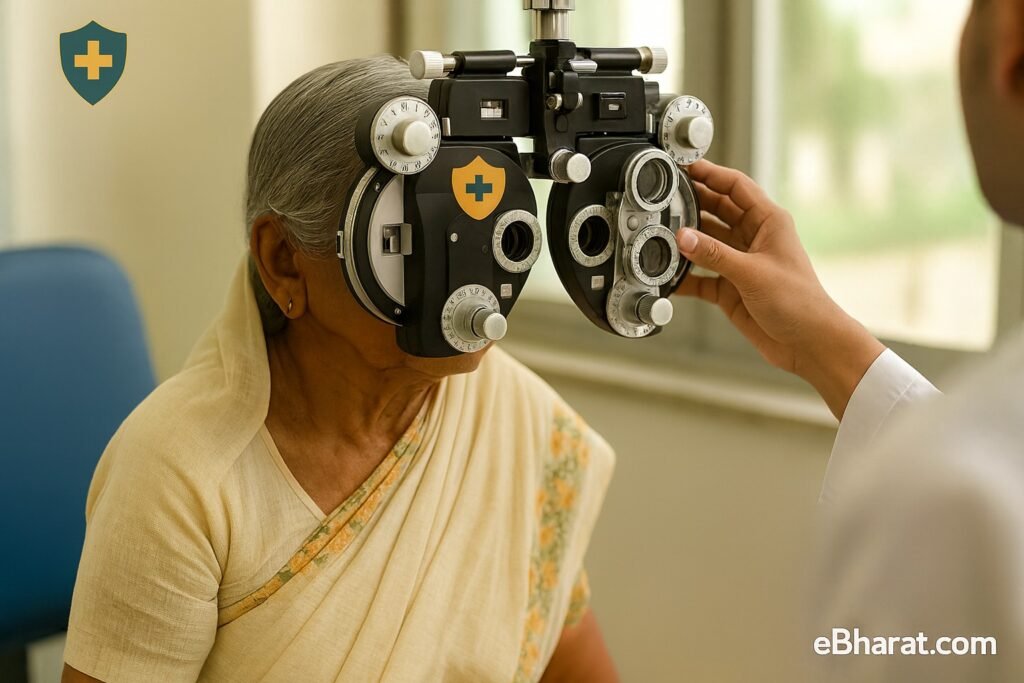
A new multi-state study has revealed alarmingly low health insurance coverage among elderly cataract patients in India. Analysing more than 38,000 surgeries between 2011 and 2022, researchers found that only 16.07% of patients aged 70 and above had insurance — with even lower uptake among the oldest and among women.
| Category | Value |
|---|---|
| Overall Insurance Coverage | 16.07% |
| Coverage (Age 70–74) | 17.52% |
| Coverage (Age 90+) | 7.14% |
| Male Coverage | 19.11% |
| Female Coverage | 12.43% |
| Post-2018 Coverage | 20.61% |
Study Overview
The study, conducted between 2011 and 2022, analysed 38,387 cataract surgeries across Andhra Pradesh, Telangana, Odisha, and Karnataka. Findings show that insurance coverage is alarmingly low among elderly patients, particularly women and those over the age of 90.
Age & Gender Disparities
Coverage declines sharply with age — from 17.52% in the 70–74 group to just 7.14% above 90. Men are more likely to be insured (19.11%) compared to women (12.43%), indicating persistent gender gaps in healthcare access.
Impact of Policy Reforms
The introduction of schemes like Ayushman Bharat after 2018 boosted insurance uptake from 10.65% in earlier years to 20.61%. Many patients shifted from free public care to government-backed insurance plans before surgery, enabling better access to services.
Treatment & Outcomes
Insured patients — particularly those over 80 — were 1.38 times more likely to achieve good visual outcomes after surgery. However, those covered under public insurance often faced longer wait times (median 18 days vs 11 days for private cover) and had less access to advanced foldable intraocular lenses (53% vs 80%).
Why It Matters
These findings highlight the urgent need for targeted health policy interventions to increase insurance penetration among India’s elderly — especially women and the very old. Insurance coverage not only reduces financial burden but also improves surgical outcomes and access to better technology in eye care.
Ensuring that every elderly Indian — regardless of age, gender, or location — has access to affordable health insurance could be the key to reducing avoidable blindness and improving quality of life.



